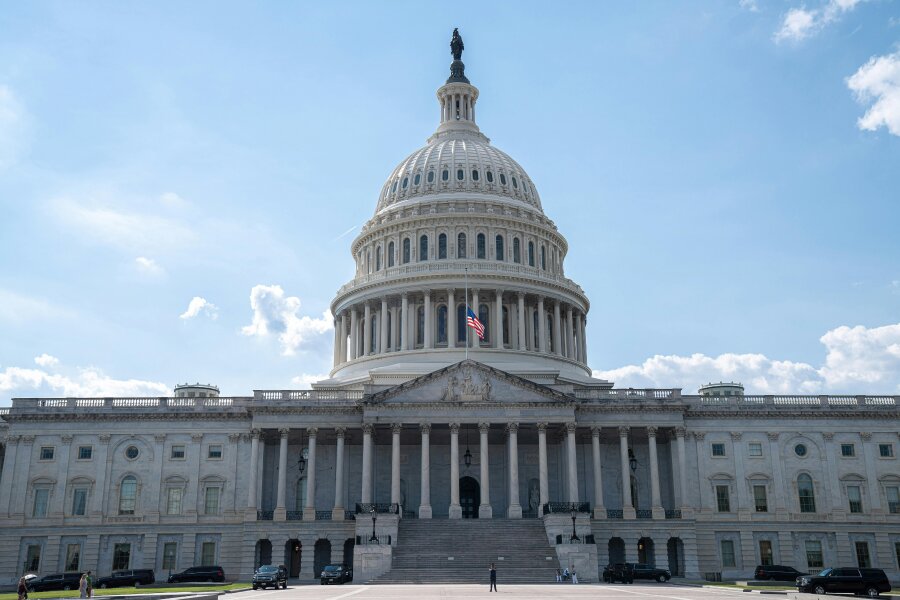Best Dangerous Product Lawyers in Conegliano
Share your needs with us, get contacted by law firms.
Free. Takes 2 min.
List of the best lawyers in Conegliano, Italy
We haven't listed any Dangerous Product lawyers in Conegliano, Italy yet...
But you can share your requirements with us, and we will help you find the right lawyer for your needs in Conegliano
Find a Lawyer in ConeglianoAbout Dangerous Product Law in Conegliano, Italy
Dangerous product law covers situations in which a consumer, user or third party is injured or suffers property damage because a product was defective or unsafe. In Conegliano - as across Italy - these issues are governed by a mix of national civil-law rules, consumer-protection legislation and EU product-safety standards. Depending on the case, liability can arise from strict-product-liability rules, ordinary tort law and the legal guarantee of conformity that sellers owe to consumers. Cases can involve household goods, toys, electrical equipment, vehicles, medical devices, pharmaceuticals and workplace tools or machinery.
Why You May Need a Lawyer
You should consider legal help when a dangerous product has caused significant injury, ongoing medical treatment, or substantial property loss - or when the producer or seller refuses to accept responsibility. A lawyer can help you understand which legal path is appropriate - for example a strict-product-liability claim against a manufacturer, a contractual claim against a seller, or a negligence claim against a distributor. Lawyers also collect and preserve technical evidence, coordinate expert reports, handle negotiations with insurers and manufacturers, advise on compensation for medical expenses, lost earnings and non-economic damage, and represent you in court or in alternative dispute-resolution procedures.
Local Laws Overview
Key legal concepts that apply in Conegliano include:
- Civil liability under the Italian Civil Code - general tort rules apply when someone is harmed because of a party's wrongful conduct or negligence.
- Consumer protections - national consumer rules provide rights when purchased goods do not conform to the contract, including a statutory guarantee of conformity for consumer goods.
- Product-liability framework - Italian law implements EU product-safety principles, under which producers can be held strictly liable for harm caused by defective products. Strict liability means the claimant does not always have to prove the producer was negligent - but the claimant must show the product was defective, that the defect caused the harm and that the product was placed on the market.
- Administrative and safety rules - regulatory bodies set safety standards, require warnings and labelling, and manage product recalls. Breaches of regulatory safety standards can support civil claims and may trigger administrative sanctions or criminal proceedings depending on the facts.
- Procedure and jurisdiction - civil claims are usually brought before the competent civil court in the relevant territorial jurisdiction. In the Treviso area, most civil product-liability disputes will go through the Tribunale di Treviso, with appeals to higher courts as needed.
- Time-limits - there are strict time-limits for starting claims. Some rules create short limitation periods measured from when the damage was discovered, while other rules impose a longer final cut-off from the date the product was placed on the market. Because time-limits vary by claim, act promptly.
Frequently Asked Questions
Who can be held liable if a product injured me?
Potentially liable parties include the manufacturer, the importer, the distributor and in some cases the seller. Liability depends on the legal theory - strict-product-liability focuses on the producer, while contractual claims may target the seller. A lawyer will map the supply chain to identify the correct defendant.
What makes a product "defective" under the law?
A product is typically defective when it does not provide the safety a person is justified in expecting - taking into account its presentation, reasonable use and the moment it was placed on the market. A defect can arise from design, manufacturing or lack of adequate warnings or instructions.
Do I have to prove the manufacturer was negligent?
Not always. Under strict-product-liability rules you do not need to prove negligence by the producer. However you must show a defect existed, you suffered damage, and there is a causal link between defect and damage. For other claims based on negligence you will need to prove fault, breach of duty and causation.
What evidence should I preserve after an incident?
Keep the product, its packaging and any labels or instructions. Take dated photos of the product, the scene and your injuries or property damage. Keep medical records, invoices, purchase receipts, warranty documents and any communications with the seller or manufacturer. Do not alter or attempt to repair the product.
What if the seller offers a quick settlement?
Be cautious. Early offers may not cover future medical costs or long-term effects. Before accepting any settlement, consider getting legal advice so you understand the full value of your claim and whether the offer is fair.
How long do I have to start a claim?
Time-limits vary depending on the legal basis of the claim. There are limits measured from when you discovered the damage and, under certain rules, a long-stop period measured from when the product was placed on the market. Because these deadlines can be strict, consult a lawyer promptly to preserve your rights.
Can I bring a case if the product was bought abroad or online?
Yes, but cross-border purchases add complexity. Jurisdiction and applicable law can depend on where the purchase occurred, where the harm happened and the parties involved. A lawyer experienced in cross-border product claims can advise on the best forum and strategy.
Are there quicker alternatives to going to court?
Yes. Options include direct negotiation, mediation and consumer-conciliation procedures. Consumer associations sometimes assist with disputes. These alternatives can be faster and cheaper, but may not be appropriate for serious injury cases where full compensation or precedent is needed.
Will legal aid or alternative fee arrangements be available?
Fee structures vary - many lawyers offer an initial consultation, fixed-fee work, hourly rates or success-fee agreements. In some civil cases people with limited means may qualify for legal aid (gratuito patrocinio) subject to eligibility rules. Discuss fees and possible funding options at the first meeting with an attorney.
What should I ask a lawyer in Conegliano on first contact?
Ask about the lawyer's experience with product-liability and personal-injury cases, similar outcomes they obtained, likely strategy for your situation, estimated timeline, the evidence needed, possible costs and fee arrangements, and whether they work with technical experts. Ask for a clear written engagement letter if you decide to proceed.
Additional Resources
Helpful organisations and authorities include local and national bodies that handle consumer safety, recalls, and legal assistance:
- Local court system - for filing civil claims and managing court procedure in the Treviso area.
- Ordine degli Avvocati di Treviso - the local bar association to find qualified lawyers in Conegliano and the surrounding province.
- Consumer associations - national groups that assist with disputes, information and collective actions.
- Autorita' Garante della Concorrenza e del Mercato - the national consumer protection and competition authority that handles unfair commercial practices and can open investigations.
- Ministero dello Sviluppo Economico and Ministero della Salute - government departments involved in product safety, recalls and regulatory oversight depending on the type of product.
- RAPEX / EU safety alert systems - for information about cross-border product recalls and warnings issued at the EU level.
- Local health services and emergency services - for medical care and official reports following injury from a product.
- INAIL - for workplace-related injuries and compensation if the dangerous product caused harm at work.
Next Steps
If you believe a dangerous product harmed you, follow these practical steps:
- Seek immediate medical attention and obtain copies of all medical reports and invoices.
- Preserve the product, packaging and any evidence - take detailed photographs with dates.
- Record what happened - write a timeline of events, note witnesses and keep contact information.
- Notify the seller and manufacturer in writing and keep copies of all communications. Do not accept a settlement before getting advice if injuries may have long-term consequences.
- Contact a lawyer experienced in product liability and personal injury cases. Ask about initial consultation fees, likely strategy and funding options.
- Consider reporting the incident to the appropriate authority so regulators can evaluate whether a recall or safety alert is needed.
- If you are unsure where to start locally, contact the Ordine degli Avvocati di Treviso or a reputable consumer association for referrals to lawyers who handle dangerous-product claims.
Act promptly - preserving evidence and meeting procedural deadlines improves your chances of a successful outcome.
Disclaimer:
The information provided on this page is for general informational purposes only and does not constitute legal advice. While we strive to ensure the accuracy and relevance of the content, legal information may change over time, and interpretations of the law can vary. You should always consult with a qualified legal professional for advice specific to your situation. We disclaim all liability for actions taken or not taken based on the content of this page. If you believe any information is incorrect or outdated, please contact us, and we will review and update it where appropriate.







